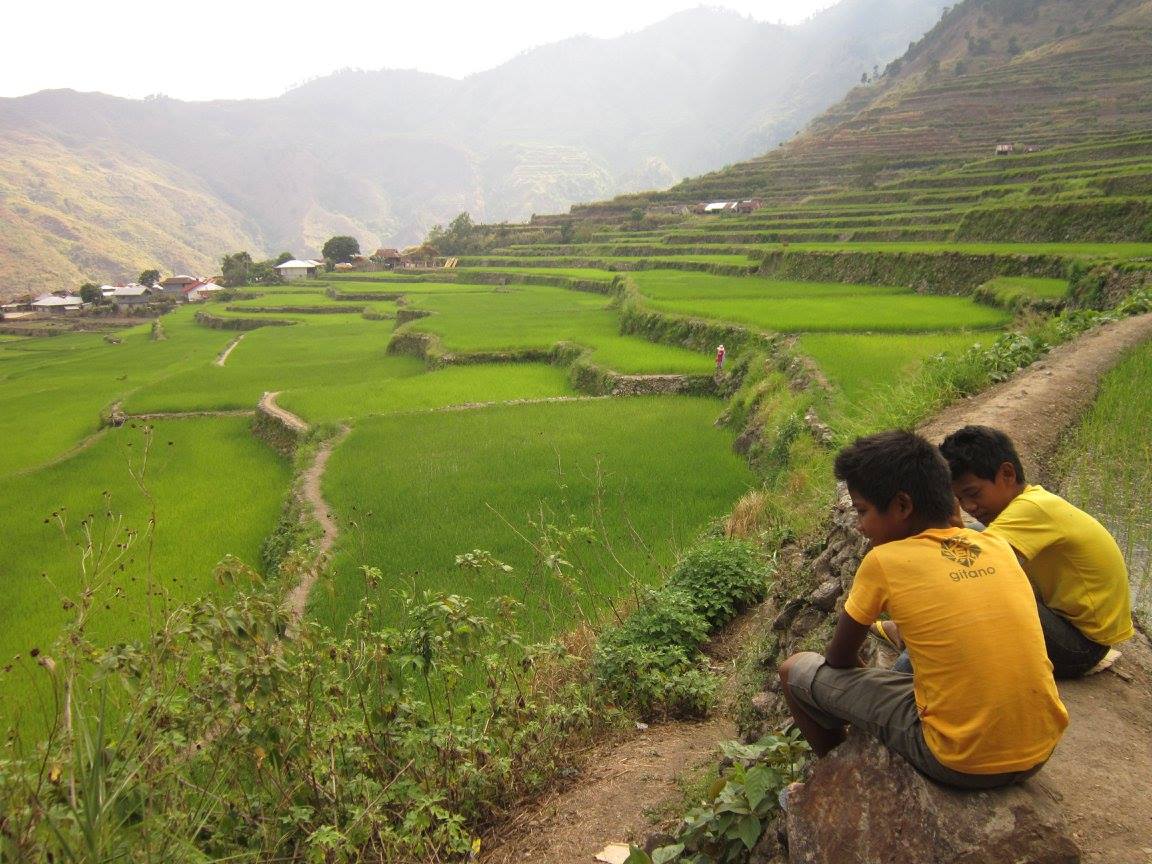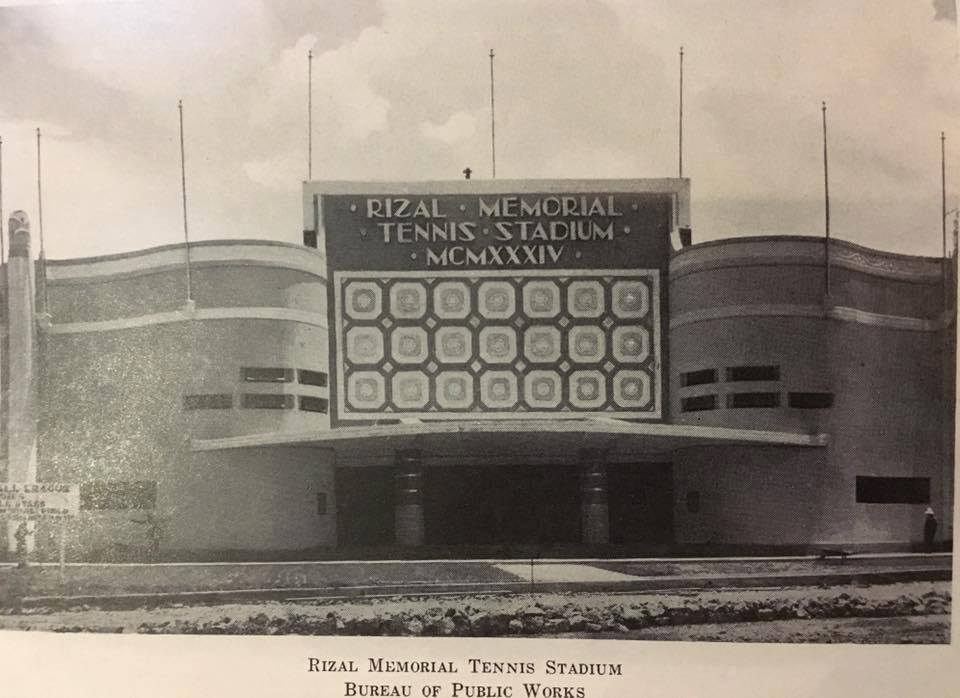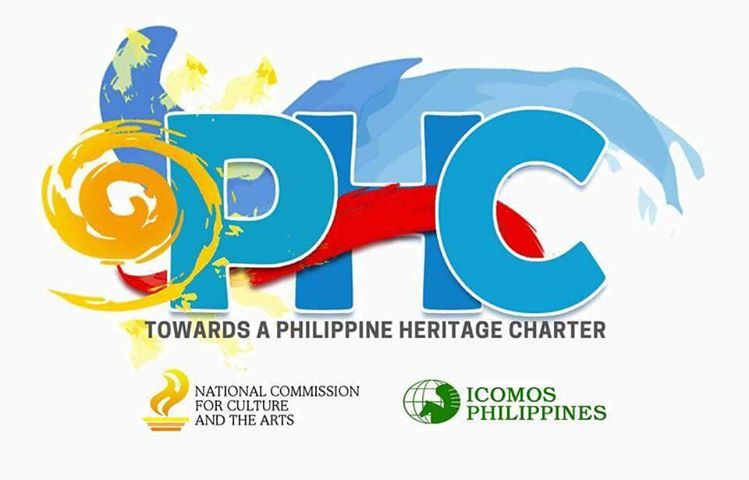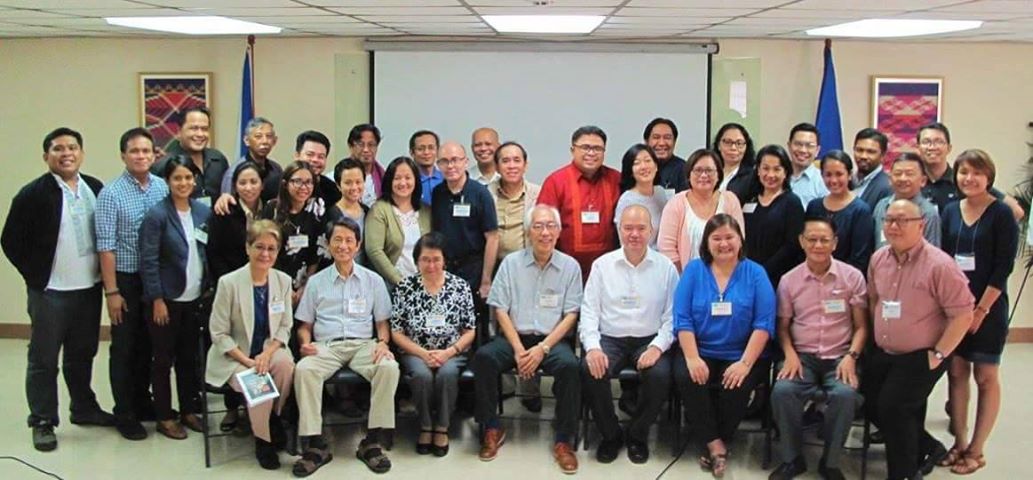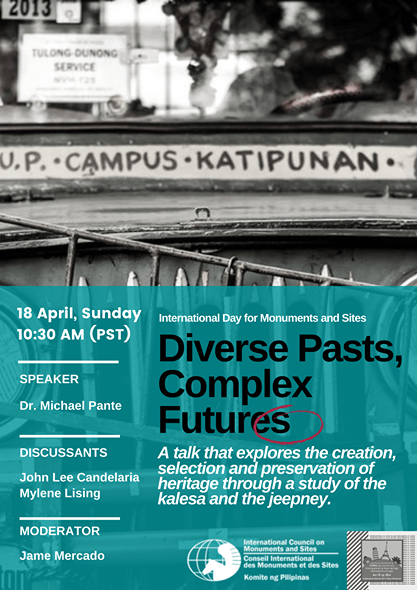
In celebration of ICOMOS Day 2021, themed ??????? ?????, ??????? ???????, the Philippine National Committee hosts a talk that explores the creation, selection, and preservation of heritage through the kalesa study and the jeepney.
Urban historian ??. ??????? ????? discusses the evolution of the carruaje in pre-War Manila. In the last century, it was perceived as a relic from an “unmodern” past that must give way to newer, safer transportation forms. Today it survives primarily for tourists who seek a nostalgic experience, or perhaps an incomplete interpretation/presentation of the Walled City and other historic districts.
What lessons on heritage declaration and preservation might one draw by studying the case of the kalesa and the jeepney, currently absent from the Philippine Registry of Cultural Property? What insights might be applied to contemporary vernacular architecture, especially those of lower-income Filipinos? What role do heritage managers and cultural workers play in identifying what should be preserved and ensuring that cultural properties, especially those heavily used and meaningful to marginalized communities, endure into the future?
These questions and more will be explored by Dr. Pante and guest discussants ???? ??? ?????????? and ?????? ?????? moderated by ???? ???????.
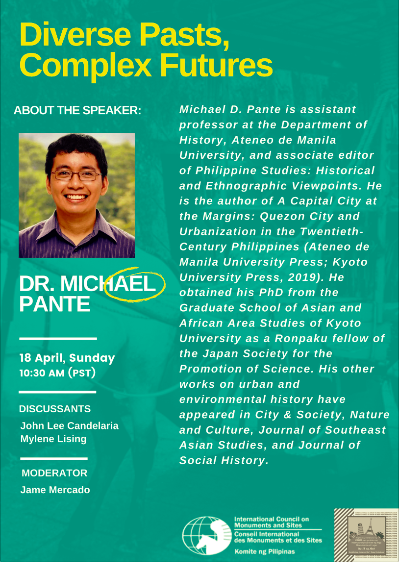
- The webinar will be held via Zoom on 18 April, Sunday at 10:30 AM Hong Kong SAR, MNL time
- To register in advance: https://zoom.us/webinar/register/WN_rvNgOVYGRtywHD_7Er-elg
